Introduction
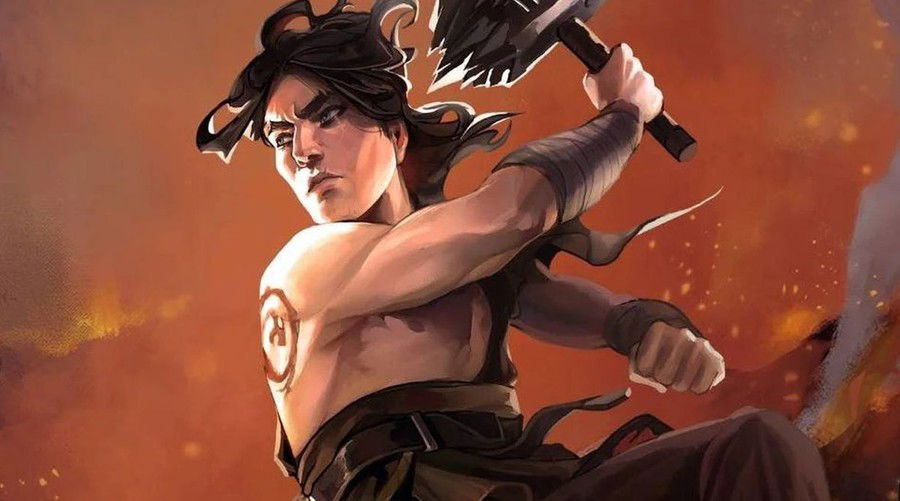
Jovem Nerd, a partnership of content creator friends centered around the nerd community in Brazil, released its first game, based on the RPG campaign/book called Ruff Ghanor, on February 22nd, 2024.
This game is a deckbuilding game, similar to other iconic games in this genre, like Slay the Spire, Balatro, and Inscryption. Find out below everything this game offers, its details, and even check out a few tips if you're struggling with the game!
For this review, we played the PC version, but it is also available on other platforms, such as PlayStation, Xbox, and will also be released for Nintendo Switch in the future.
The Story
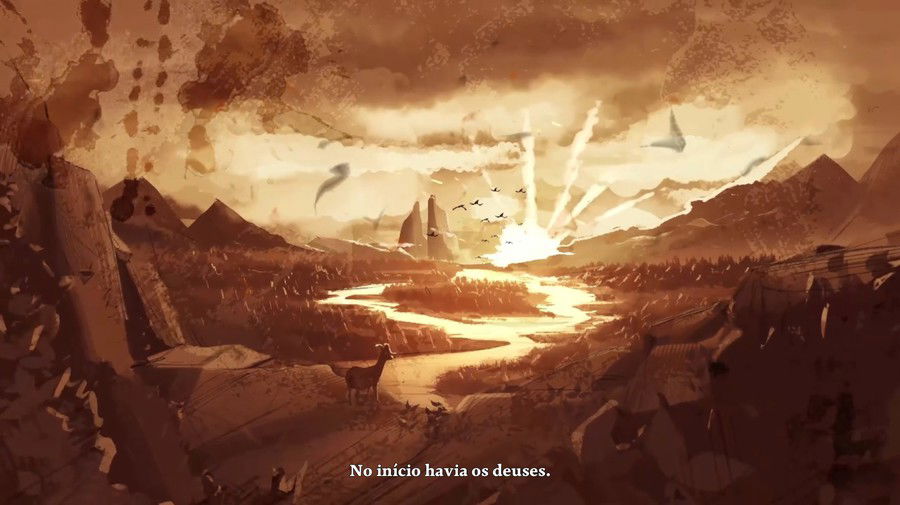
This game follows the story of the Ruff Ghanor book, and adapts its plot to something that can work harmoniously with the game itself. Ruff Ghanor tells the story of a wild boy who was found by monks of the San Arnaldo Monastery, where he'll be raised and trained as a cleric.
The world where this story is set has been shaken up by the arrival of a Devourer of Worlds, which would destroy all humanity. However, a powerful dragon named Zamir came along and defeated the Devourer of Worlds threat.
After Zamir was successful, he took over the role of tyrant in the world he saved, and became a threat to be defeated to all who lived there. So, Ruff is trained to face him.
Gameplay

This game is a deckbuilder game, just like Slay the Spire, Inscryption, and other games in this genre: it is basically a card game roguelike.
Initially, we have a tutorial (which is available whenever you start a new run if you need to go through it again) which explains all the game's rules and inner workings.
The rules are simple: the player starts drawing five cards from their deck. You have three Action Points that will be spent according to the card you use. Every card has an Action Cost and a type, which are easily identified through their colors (Attack is red, Control is yellow, and Prayer is blue). Additionally, we also have a small text box that indicates what the card does.
In the game's interface, we have more details that will help us set up our strategy, and will even help us predict plays so we can play a bit better. Among these details, we'll highlight the following:
As we play, we can choose our fate: Combat Encounters, Exploration Encounters, or Narrative Encounters. The progression tree isn't linear, which makes the game more dynamic, considering it will shape itself according to our choices and results. Through these decisions, we'll get certain rewards that will make our adventure easier: more Arcanium (game currency), new cards, upgrades for certain cards, new relics, or even the possibility to remove or double a few cards that are already in our deck.
In Narrative Encounters, depending on our choices, we must fulfill a few goals if we want to be successful with our answers. Each result, success or failure, will guarantee us new cards, good or bad, which will affect our next encounter. At the end of each encounter, besides receiving more rewards, and even more cards, we can edit our deck in any way we like by using Arcanium. At this moment, we can remove cards, upgrade them, or even double them.
An important fact about the end of each combat encounter is that Ruff Ghanor's life total doesn't refill throughout your run, so, we must always pay attention to the damage we take. We must also take this into account when we build our strategy and decide which encounter we will go to next.

This game is divided into three acts. The player's decisions will affect which new encounters we can access, but the rewards we get are always random.
Throughout your entire "run", or campaign, besides interacting with other characters in Narrative or Exploration Encounters, they'll be able to help you in Combat Encounters, and they also have a deck of their own you'll be able to use during that combat encounter.
The run is over when we kill the final boss in act 3 or when Ruff Ghanor's life total reaches zero. If one of our allies is defeated in combat, we'll carry on our campaign as usual.
The Card System
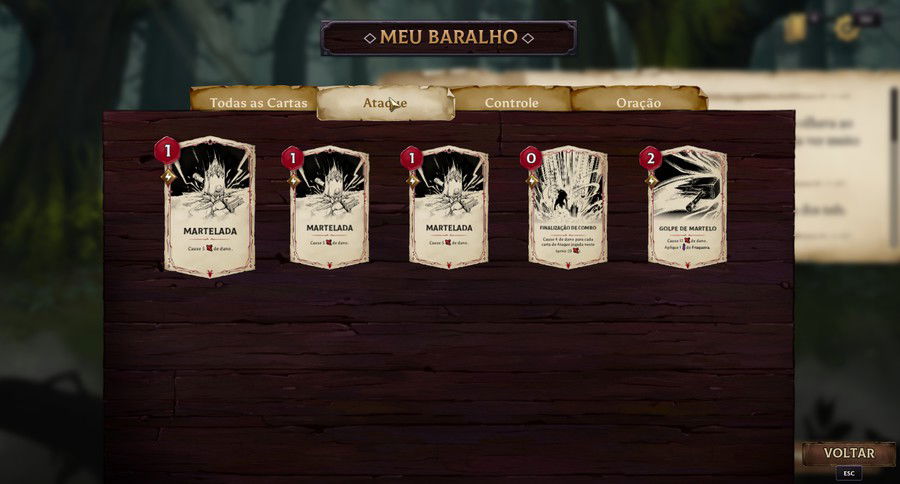
Our cards are divided into 3 types: Attack, Combat, and Prayer.
Attack cards focus on dealing damage to enemies, and, in some cases, attacking weak spots in our opponent's defense or offense. As for Combat cards, they focus on increasing Ruff's block total or even your allies' block total, besides giving debuffs to your enemies. Prayer cards focus on increasing your Faith bar so you can use Miracles and your healing tools.
Miracles

When he was found, Ruff Ghanor was causing small earthquakes all around him. This type of power is represented by Miracles throughout the game. We can have, at most, 3 different Miracles throughout our run, and we'll get them at each act, one by one.
To use Miracles, we must fill our Faith bar through our cards or passive effects from Relics. Unlike some actions, we can use as many Miracles as we want in a single round, as long as we have the Faith we need to use them.
The first Miracle we get is Earthquake, which deals massive AoE damage, and is very useful to deal with hordes of enemies.
Status
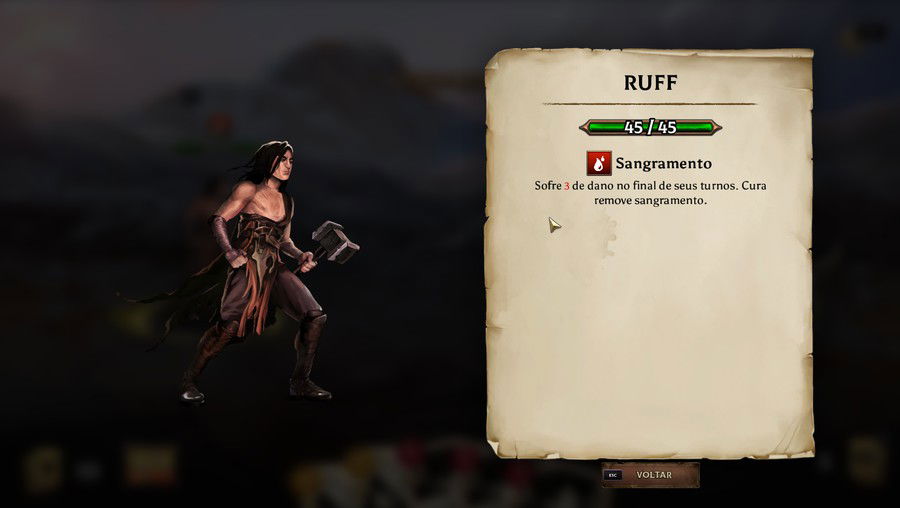
As we face different enemies and cards, we'll get negative and positive bonuses, which will affect the Statuses of our characters and enemies. Among them, we have Bleeding, Vulnerability, and Block statuses, among many others.
As a result, the order of our cards affects how much damage we deal, and the overall result of the round, considering if we use a card that makes us Empower (a status that increases our damage by 50%), it will guarantee us some extra damage throughout our next plays.
Hell’s Forge

After we're defeated for the first time, or after we defeat Zamir, we'll unlock Hell's Forge. In it, we can unlock new card slots for our starting deck, and unlock new cards, which we'll find in our next run.
We can add only one copy of each card, and we can only add, at most, five new cards to our starting deck, which will help us create a strategy for our next campaign.
Arcanium

Arcanium is the game's currency. You get them any time you defeat an encounter, if you give up your rewards, or at the end of a run, according to your performance.
They're extremely useful to shape your deck your way, which will help you play more combos or get more strategies to access late-game content.
In act 2, during a certain event, we can get more of this currency if we face a series of challenges, which become harder each round, just like our rewards, which increase each round.
The Forge

During our journey, in act 2, we can craft a relic if we discard cards from our deck. This will be a great opportunity to remove cards that don't fit our deck, and optimize it without spending our Arcanium.
Infinite Combo
For those who are having trouble finishing the game, I developed a combo during my time playing the game which allowed me to finish it more easily.
The combo works based on the synergy of 3 cards: Combo Finish, Second Chance, and Evoke Divinity. Besides them, make sure to have at least 3950 Arcanium to edit your deck right away at the first Narrative Encounter.
Right away, in your first encounter, try to get the bonus that doubles cards so you can save money, even if that means you'll have less HP. Double Combo Finisher, and leave only these cards in your deck:
Explaining the Combo
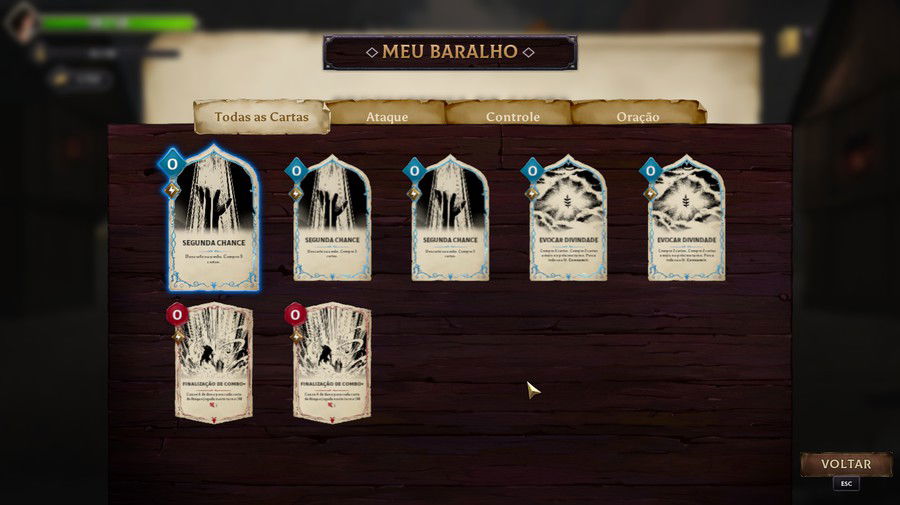
When your round starts, if you have any Combo Finishers, use all of them, and next use Evoke Divinity. Each time you use your Attack cards, you'll increase the damage you'll deal the next time you use them this round.
It is important to have Evoke Divinity for matches against creatures with the Stealth status, considering they'll usually add bad cards to your deck. Thanks to the extra card draw this card guarantees you on your next round, you won't break your combo nor need to play two extra rounds to defeat an opponent.
Never have three Combo Finishers; this way, any time you use Second Chance, you won't risk drawing three Attack cards, which would break your combo. Having three card draw cards in your hand is a risk, but they'll never break your combo.
Never upgrade your card draw cards because this way Second Chance will only draw you the number of cards you discarded; this won't help you, considering you'll always want to draw 3 cards so you can recycle your discard pile into your deck again.
In the video below, I explain how the combo works:
Jovem Nerd and Ruff Ghanor
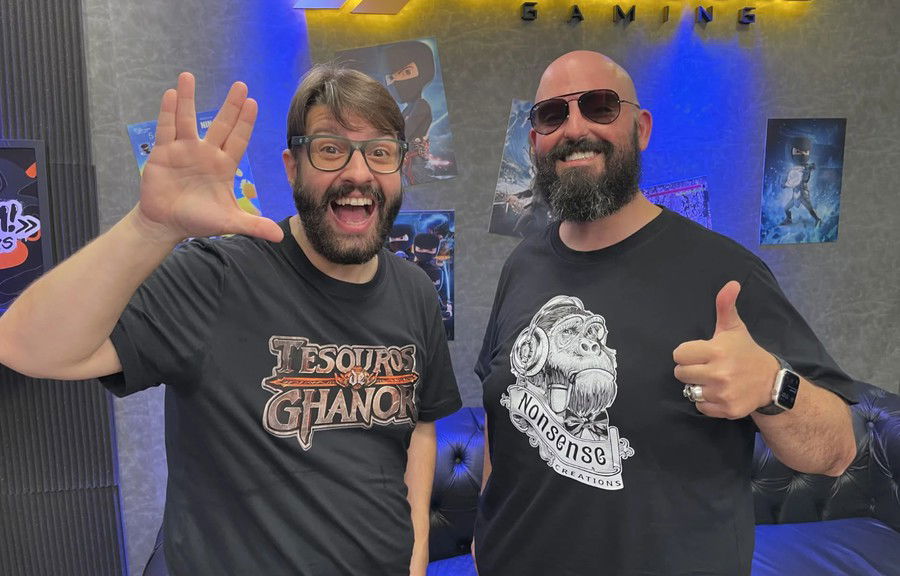
Created by Alexandre Ottoni (@jovemnerd) and Deive Pazos (@azaghal), Jovem Nerd initially started as a personal blog to discuss Star Wars. Throughout the years, it became a gigantic portal which covers the most various themes in nerd culture. Nerdcast (the weekly podcast) became one of the biggest podcasts in Brazil, and received a lot of praise for its specials; among them, the RPG specials.
In one of these RPG specials, we were introduced to Ruff Ghanor, which was incredibly popular among fans of this portal. Thanks to its repercussion, what originally was an RPG game between friends became a book, and recently became a game available on several gaming platforms.
Final Verdict and Conclusion

Ruff Ghanor surprised me quite positively because it is an excellent deckbuilder, and is not far from other games in this genre which are popular in the gaming market. Its initial difficulty may scare players who aren't used to this genre, but, thanks to its farming system in act 2, the fact we can edit our entire deck right away at the first game encounter, and the extra resources we can obtain at the Forge, it is extremely satisfying, fun, challenging, and entertaining. At each new card we unlock, each time we progress in our campaign, and each run we complete, the game becomes more and more fun.
This game also has incredible artwork, as well as an astonishing voice acting team, which stands out in the cinematics. We can even highlight extremely iconic voices in the Brazilian voice acting industry, such as Guilherme Briggs, which voices Ruff Ghanor himself.
The original soundtrack is pleasant and doesn't feel tiresome after a while. The status system is well-implemented and balanced, and forces the player to pay attention to enemy plays, their deck itself, and other elements. The game is also not very linear, and, instead, is always dynamic and has an incredibly satisfying gameplay loop.
To finish the game for the first time, each player will spend around 7 to 11 hours, depending on their skill. For those who want to hit 100% completion on this game, it can take over 17 hours.
I give Ruff Ghanor an 8.5/10, considering it has already become one of the best Brazilian games ever released, and it is an excellent deckbuilder.
Did you know Jovem Nerd and Ruff Ghanor? What do you expect from future DLCs? Which other original universes from Jovem Nerd should get their own gaming titles? (Please, create something related to Bluehand Protocol!).
Please check out more of our board game reviews as well! We recently reviewed Dominion, an excellent board game which is now available on Steam!

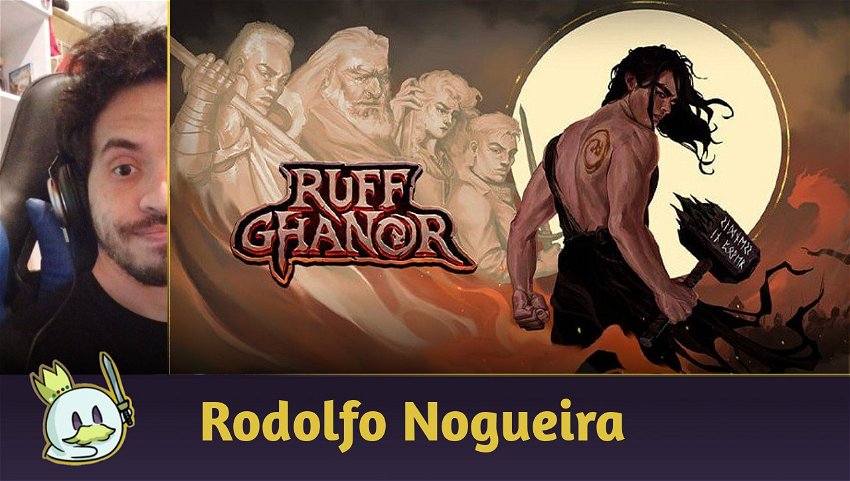







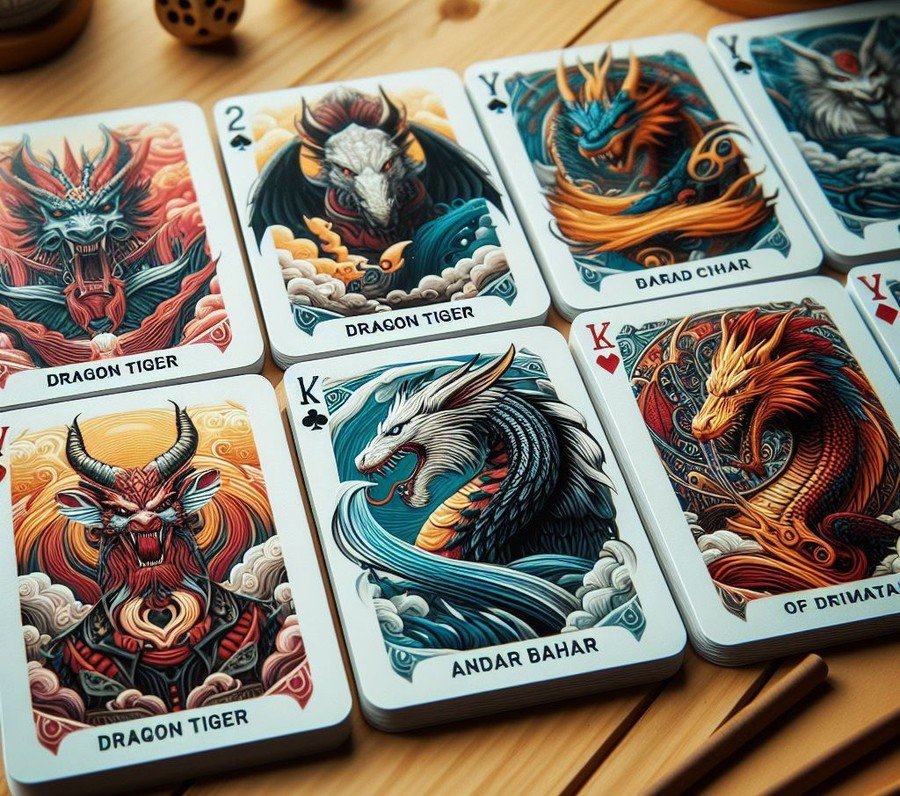
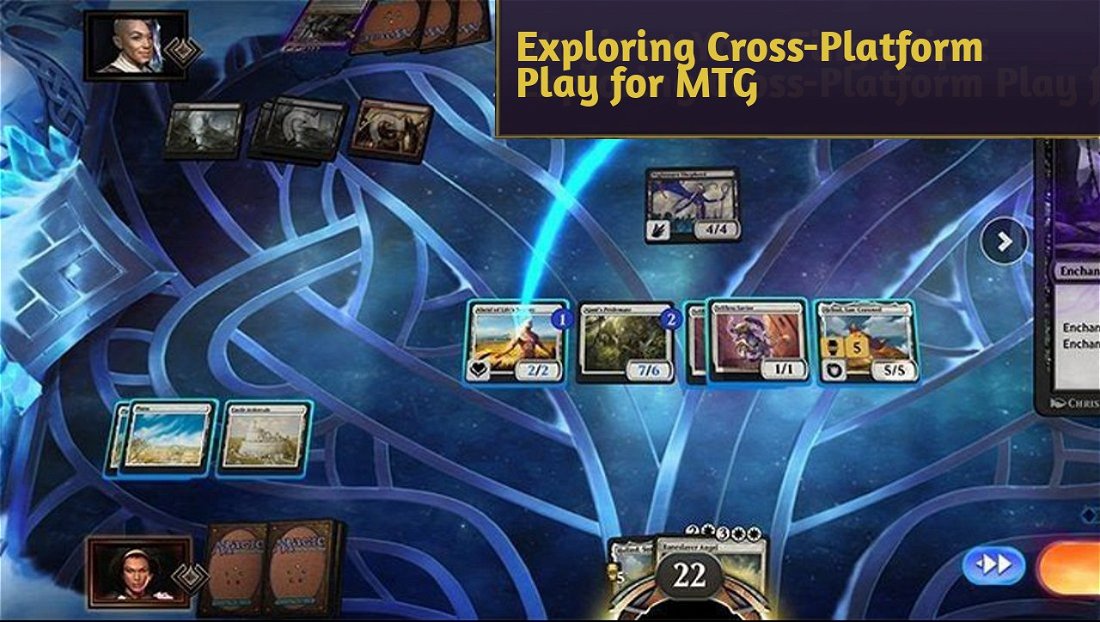



— Comments 0
, Reactions 1
Be the first to comment